In addition to the average lifespan of 125 years, there are a number of other properties that make clay pavers the perfect choice.
- /
- Pavers
- /
- Advantages of Clay Base Bricks
Advantages of Clay Base Bricks
Clay pavers: more than just paving
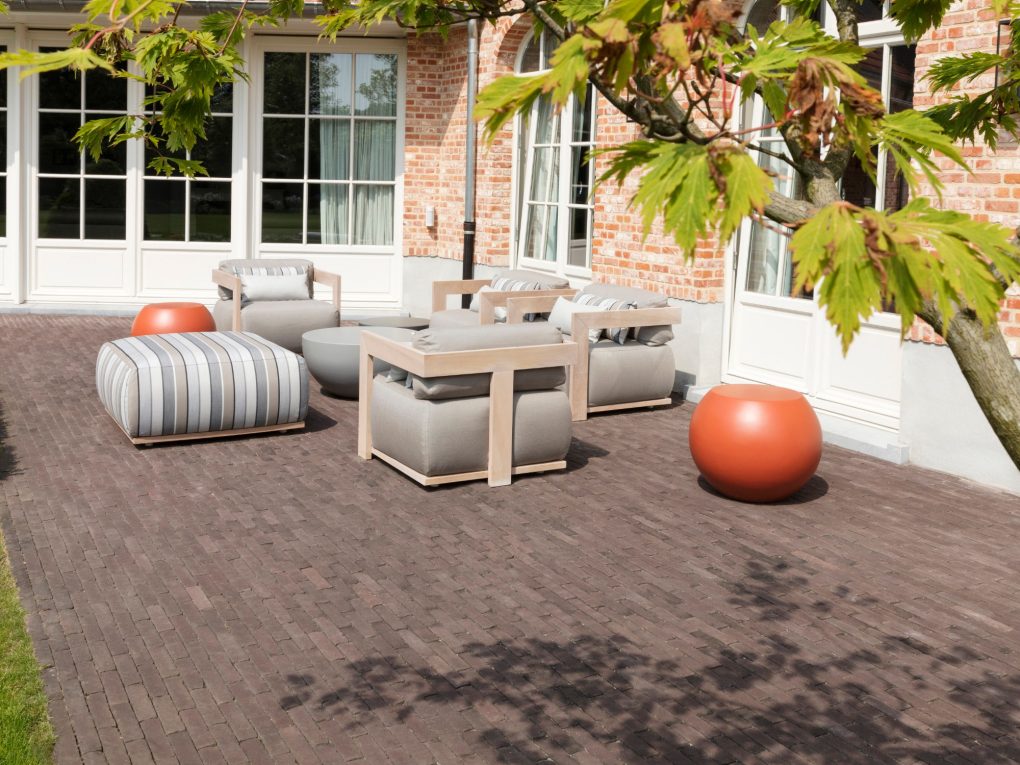
1. Superior quality
Advantages
Ceramic building materials have been used in the construction industry for centuries, and there is a reason for that. Ceramic is an exceptionally high-quality material for interior wall bricks, facing bricks and roof tiles, as well as clay clinkers.
A few technical properties that explain why:
- Low water absorption
- Small tolerance on dimensions
- High frost and thaw resistance
- High flexural strength
- High slip resistance
- High resistance to wear and discolouration
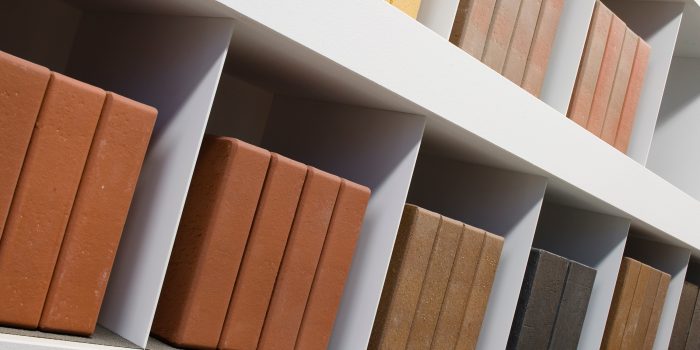
2. Various colours, sizes and textures of clay pavers
The range of clay pavers is virtually unlimited in terms of colors, sizes and texture. This gives architects a lot of freedom, but sometimes makes it a bit more difficult for you as a consumer to make a choice.
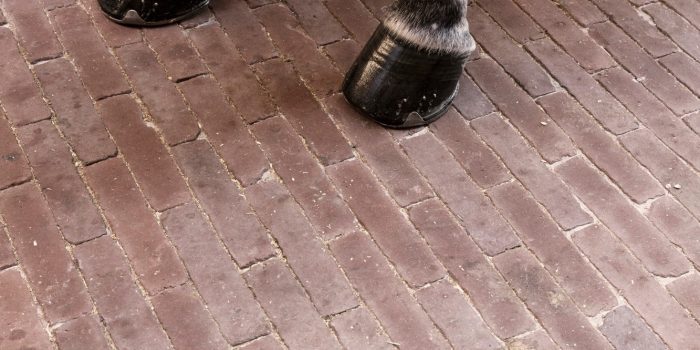
3. Fixed Color
Unlike concrete tiles, clay pavers are free of dyes. The color is obtained by combining different types of clay. As a result, clay pavers are 100% fixed color. Even after decades of bright sunlight, you will not notice any discoloration.
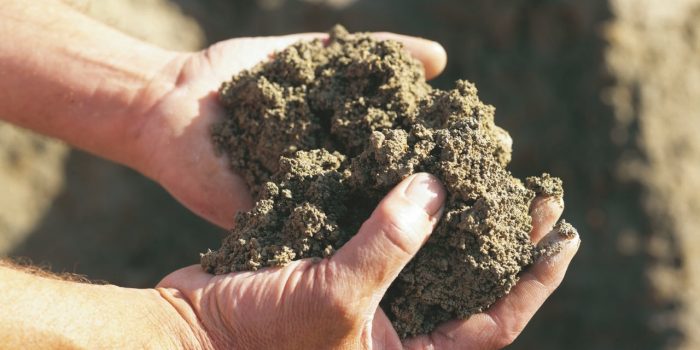
4. Environmentally friendly raw materials
Clay, the raw material for clay pavers, can be compared to renewable energy. In the sense that mined clay is resupplied by nearby rivers. Interesting to know: the ratio of mined clay and new supply is approximately 1 to 1.
In addition, most of our clay is mined locally. This means minimal transportation is required to get the final clay clinkers to you. So less pollution and a lower transportation cost.
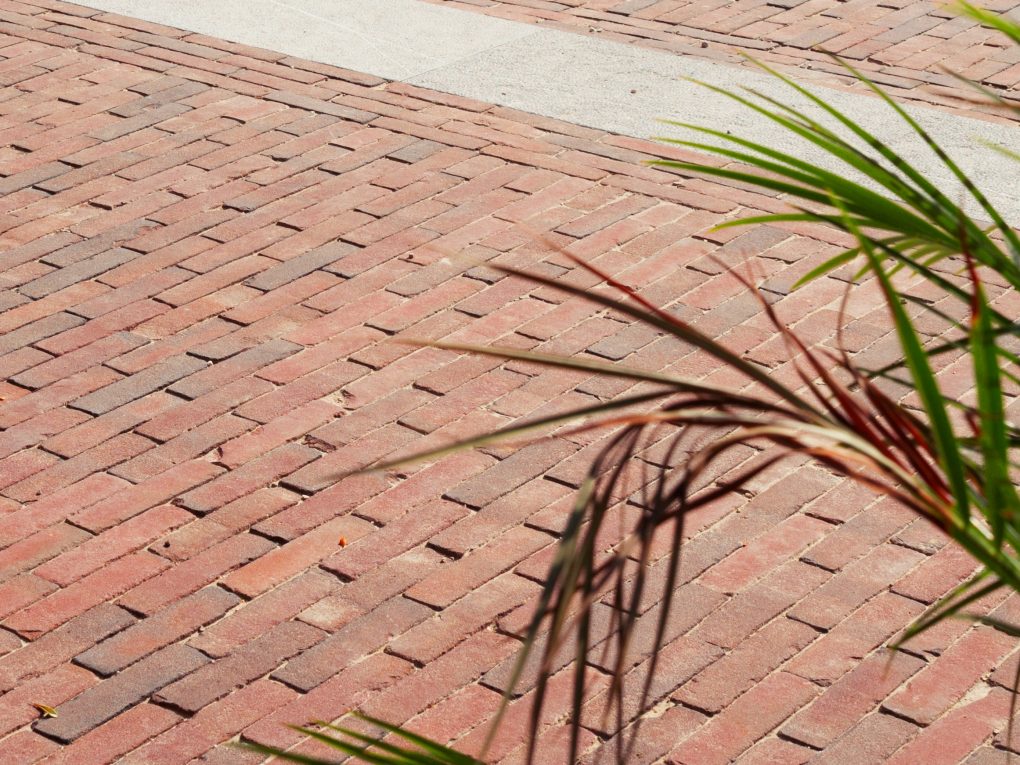
5. Sustainable
The lifespan of clay pavers is estimated at 125 years!
Flooring Tile can break quite quickly, for example if you drop something heavy on them. With clay pavers, you don't have that problem. Ceramic pavers are baked in the same way as ceramic facing bricks. But at higher temperatures, which makes them even stronger.
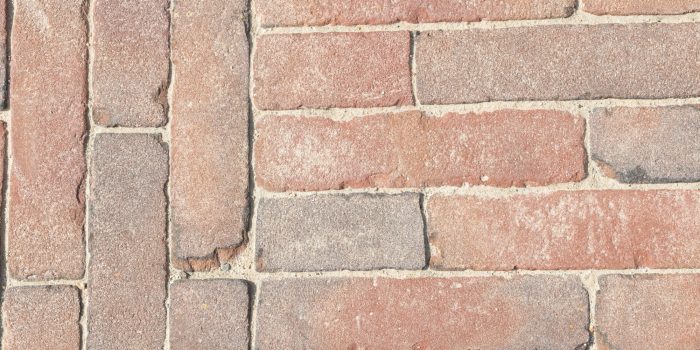
6. Flexible paving
The advantage of clay pavers compared to continuous paving, such as asphalt, is the flexibility in design. Difficult shapes can be easily worked out, without the cost price skyrocketing. They are not only advantageous during construction, but also in the long term. For example, if you have to break up part of your driveway, you can simply remove a few clay pavers and replace them afterwards.
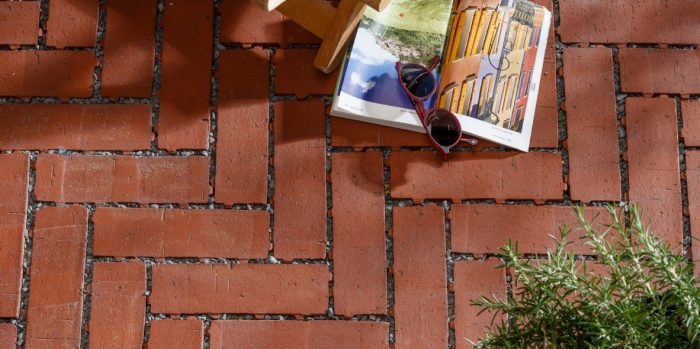
7. Water-permeable clay pavers
Certain types of clay pavers are water-permeable. In other words, they have lateral spacers that give you a larger joint between the clay pavers. By using these spacers, rainwater can slowly penetrate the soil. As a result, a large part of the rain ends up in the soil via the joints. This reduces the volume of water that has to be collected via the sewerage system and therefore reduces the risk of flooding. It also ensures that the groundwater level is kept more stable.
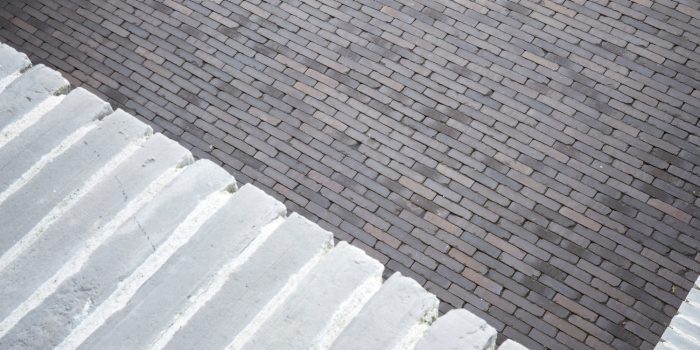
8. Easy to maintain
Clay pavers require very little maintenance. Cleaning them once a year is sufficient. Baked clay is also a very resistant material, so you can use all regular cleaning agents. Greening occurs in clay pavers to approximately the same extent as in concrete pavers. This largely depends on the presence of greenery next to the paving, the drainage and the execution of the joints and edge of the paving.
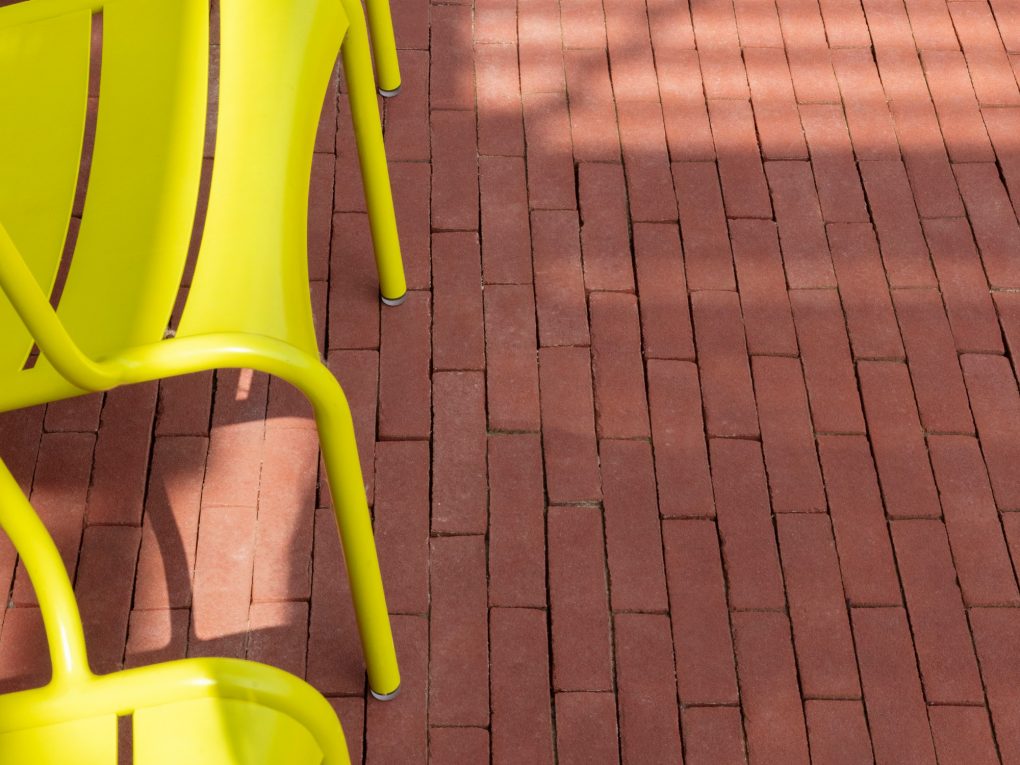
9. Dimensionally stable and wear-resistant
No noticeable wear
Clay pavers have a similar dimensional stability to concrete products, thanks to the use of modern tunnel kilns (for most clay pavers). Certain clay pavers are still baked in flame kilns and may show small deviations. But this is deliberate to give them that typical charm of ceramic building materials.
During the life cycle of the clay pavers, there is also no noticeable wear. Because they consist of solid ceramic with a very low porosity.
Clay pavers: more than just paving
Centuries old, still alive and kicking
Like other traditional, natural materials, clay pavers have made a complete comeback. Nowadays, they are not only used for paving, but also increasingly for special details such as steps or a pond edge in the garden. The fact that they are easy to install and adapt perfectly to any context contributes to their popularity.Characteristic clay pavers
As a natural material, clay pavers have an impressive list of attractive properties. Because they consist of clay, minerals and sand, they are free of dyes or top layers, making them colourfast. In addition, they are resistant to frost, UV radiation and other weather conditions.
These excellent characteristics ensure that clay pavers effortlessly withstand the test of time. Moreover, they only become more beautiful. Their authentic character lifts every environment to a higher level. If they are broken up, they are almost always reused. Or how this age-old material also effortlessly adapts to the modern principles of the circular economy.
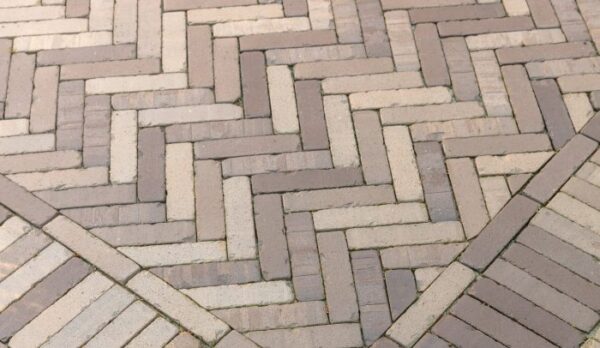
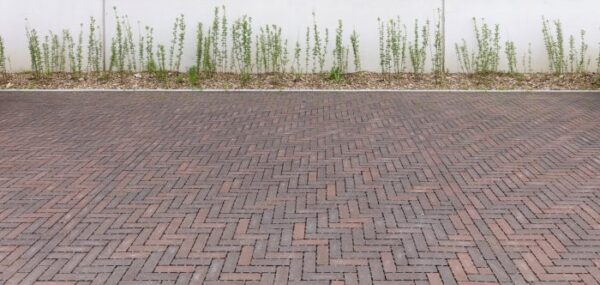
Signalization
This project shows that signage does not necessarily have to be accompanied by flashy white lines. The two vertically laid strips of clay pavers also subtly indicate the boundaries of the parking space itself.
An additional sustainable asset in this project are the water-permeable clay pavers Aquata: thanks to the extra wide joints of six millimeters, which are filled with stones, the water can gradually seep into the soil. This also prevents the growth of moss, algae and weeds in the joints.
Interior and exterior
With the renewed popularity of authentic, natural materials, terracotta floors are also making a comeback.
Clay pavers fit perfectly into this picture. By laying the same clay pavers both inside and outside, a fascinating visual relationship can be created between the spaces. This contributes to the aesthetics of the whole. Because they are wear-resistant, inert and extremely strong, clay pavers are an authentic and particularly durable material.
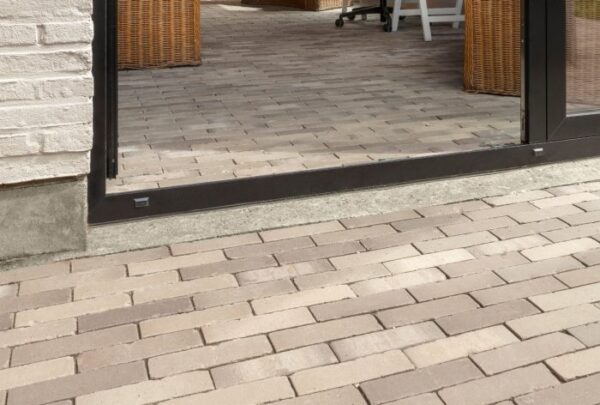

Horizontal and vertical
This project clearly shows that clay pavers fit perfectly into a sleek, contemporary city garden. The beautiful grey pavers form the perfect frame for the lively water feature, and can be perfectly combined both vertically and horizontally.
Because the clay pavers can be glued to the substructure, they can be used for finishing both the fountain and the step. This results in a neutral, but at the same time rhythmic and elegant continuous whole. A real treat for the eye. the ground. This also prevents the growth of moss, algae and weeds in the joints. Ideal swimming pool companion
Ideal pool companion
That you can go in many directions and styles with clay clinkers is demonstrated by this pool that immediately evokes the authenticity of the countryside. Because the clay pavers are made using the hand-forming process, they have a lived-in look.
The fact that clay pavers are resistant to chlorine, cleaning agents and frost makes them ideal companions next to the pool. They require little maintenance and remain beautiful for a very long time. Another great advantage in this setting is that they do not become slippery when wet and that they are particularly pleasant to walk on with bare feet. The fact that they do not heat up excessively in the summer is a bonus.
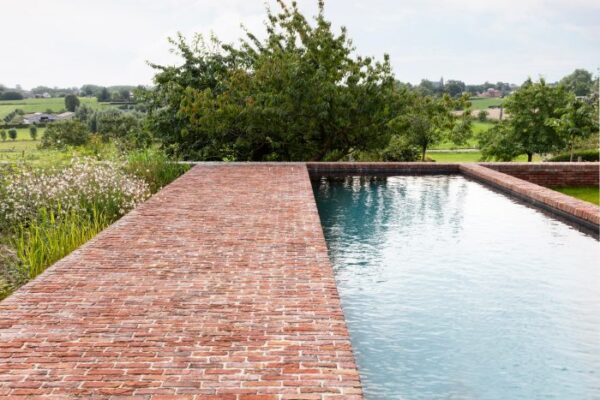
Clay pavers, a harmonious look for public spaces
Clay pavers are remarkably durable. They last an average of 125 years, are colourfast and require very little maintenance.
Due to their durability and special aesthetic qualities, Wienerberger clay pavers are the ideal solution for public paving. They can be fully integrated into the streetscape thanks to their wide range of variants.
Clay pavers create peace on terraces and squares. They provide unity and contribute to a harmony in colour, style and appearance. In this way they form an almost natural link between aesthetics and functionality.
Advantages:
- a natural product
- environmentally friendly and
- renewable
- fixed color
- dimensionally stable
- easy to maintain
- high level of reuse
- low-noise and safe
Stay informed
Subscribe to our newsletter and receive all updates.
